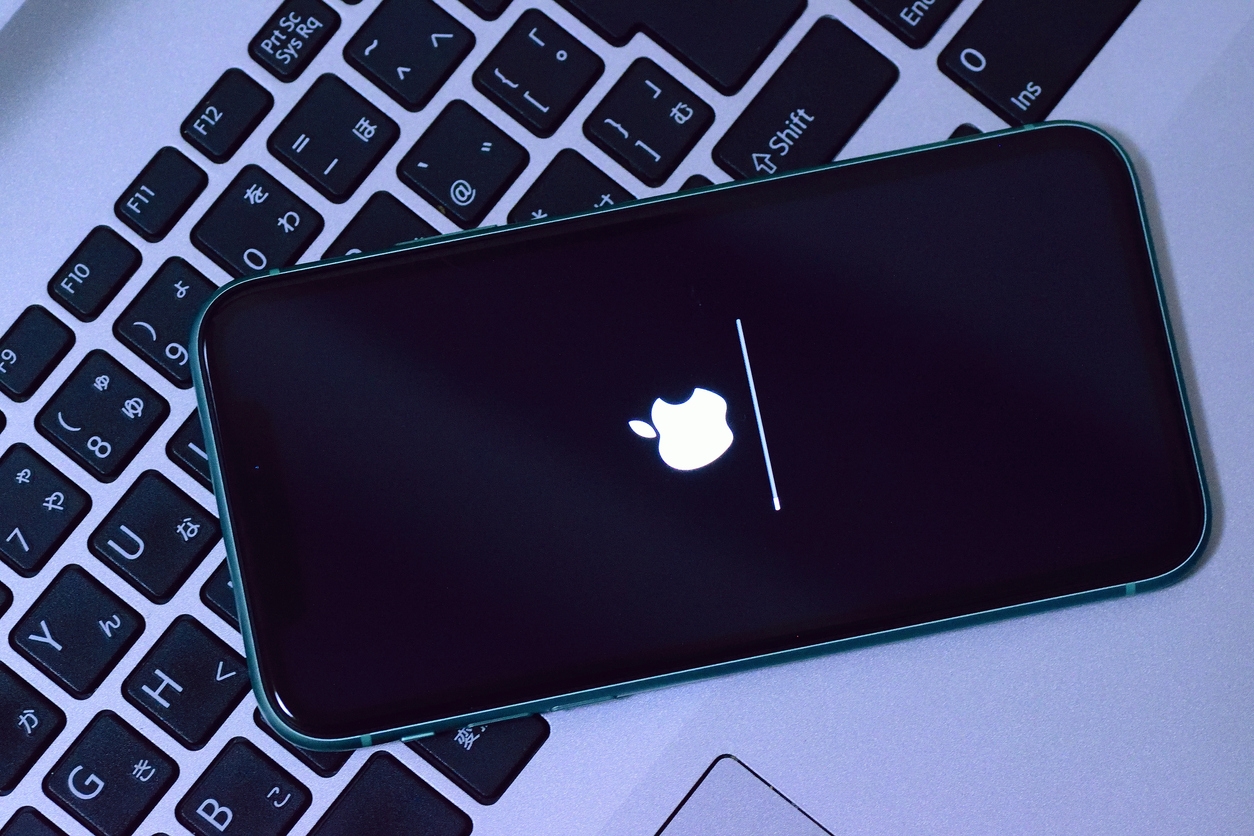When iOS first launched in 2007, it was a game-changer for the mobile world. It made smartphones more user-friendly and added features that we now take for granted, like apps and a touch-based interface. Over the past 14 years, iOS has evolved significantly. With each new release, Apple has added new features and made refinements to the user experience. iOS 16, the latest version of iOS, is no different. In this article, we’re going to take a look at how the iOS mobile operating system has evolved from iOS 1 to iOS 16. We’ll see how the operating system has changed and what new features have been added with each release.
iOS 1: The Beginning of the Mobile Operating System
iOS 1 was the first version of iOS, and it launched alongside the first iPhone in 2007. It was a completely new operating system that introduced various groundbreaking features.
Multitouch gestures were one of the most notable features in iOS 1. This allowed users to interact with their devices in new ways, such as zooming in and out of web pages and photos.
iOS 1 also introduced the App Store, which changed the way we use our devices. Prior to the App Store, there was no easy way to find and install new apps. The App Store made it possible for anyone to develop and sell apps, which resulted in a boom in app development.
iOS 2: The First Major Update
iOS 2 was released in 2008, and it brought some new features to the operating system. One of the most significant changes was the addition of support for third-party apps. This allowed developers to create apps that could be used on the iPhone and iPod Touch. iOS 2 also introduced the concept of push notifications. This allowed developers to send information to users even when they weren’t using their tech.
iOS 3: The iPad Arrives
iOS 3 was released in 2010, and it brought mobile operating system support for the newly released iPad. It also introduced a number of new features, such as copy and paste, support for AirPrint, and the ability to take screenshots.
iOS 4: Multitasking
Released in 2011, iOS 4 brought support for multitasking to the iPhone and iPod Touch. This allowed users to run more than one app at a time and switch between them quickly and easily. iPhone 4 also introduced FaceTime, which allowed users to make video calls over Wi-Fi.
iOS 5: iCloud and Siri on the iOS Mobile Operating System
iOS 5 was released in 2012, and it brought iCloud support to iOS devices. Further, iCloud is a cloud storage service that allows users to sync their data across multiple devices.
iOS 6: Maps
In 2012 came the iOS 6, and it brought certain of new features to iOS devices. One of the most notable changes was the replacement of Google Maps with Apple Maps. This resulted in some controversy, as Apple Maps was not as accurate or comprehensive as Google Maps. However, Apple has continued to improve its mapping service, and it is now on par with Google Maps.
iOS 7: A New Look
iOS 7 was released in 2013, and it brought a completely new mobile operating system to iOS devices. Gone were the skeuomorphic designs that had been prevalent in previous versions of iOS. In their place was a flatter, more minimalist design. iOS 7 also introduced a number of new features, such as Control Center, AirDrop, and iOS in the Car.
iOS 8: Health and HomeKit
iOS 8 was released in 2014, and it brought some new features to iOS devices. One of the most notable additions was Health Kit, which is a framework that allows developers to create apps that track and manage health data. iOS 8 also introduced HomeKit, which is a framework that allows developers to control connected devices in the home.
iOS 9: Search and Proactivity
iOS 9 was released in 2015, and it brought numerous new features to iOS devices. One of the most notable additions was Proactive, which is a Siri feature that suggests apps and contacts based on your current location and the time of day. iOS 9 also introduced a new search interface that allows you to find information more easily.
iOS 10: iMessage Apps and Widgets
iOS 10 was released in 2016, and it brought multiple new features to iOS devices. One of the most notable additions was iMessage Apps to the mobile operating system. This allows you to send and receive information from app developers without leaving the Messages app. iOS 10 also introduced Home Screen Widgets, which provide quick access to information from your favorite apps.
iOS 11: ARKit and Apple Pay on the Mobile Operating System
iOS 11 was released in 2017, and it brought a few new features to iOS devices. One of the most notable additions was ARKit, which is a framework that allows developers to create augmented reality apps. iOS 11 also introduced Apple Pay Cash, which is a peer-to-peer payment service that allows you to send and receive money through the Messages app.
iOS 12: Siri Shortcuts and Screen Time
iOS 12 was released in 2018, and it brought several new features to iOS devices. One of the most notable additions was Siri Shortcuts, which allows you to create custom voice commands that can perform a variety of tasks. iOS 12 also introduced Screen Time, which is a feature that allows you to track your screen usage and set limits for yourself or your family
iOS 13: Dark Mode and Sign in With Apple
iOS 13 was released in 2019, and it brought a number of new features to iOS devices. One of the most notable additions was Dark Mode, which is a system-wide dark theme that can be enabled by the user. iOS 13 also introduced Sign in with Apple, which is an authentication method that allows you to sign into apps and websites using your Apple ID
iOS 14: App Clips and Picture in Picture
iOS 14 was released in 2020, and it brought several new features to apple. One of the most notable additions was App Clips, which allows you to use a portion of an app without downloading the entire thing. iOS 14 also introduced Picture in Picture, which allows you to watch a video while using another app.
iOS 15: TBD Mobile Operating System
iOS 15 is shaping up to be a great update. With new features like widgets and Siri improvements, it should be a pretty solid update for most iPhone users. However, there are still some areas that need improvement.
iOS16: Mobile Operating System Beta
So far, iOS 16 has been pretty great! There are a ton of new features and improvements that make it a solid update. People are really liking the new home screen widgets, the refreshed Messages app, and the updated camera app.
There have been some hiccups, though. Some users are reporting battery life issues, while others are having trouble with apps crashing. Overall, though, iOS 16 has been well-received, and people seem to be really enjoying it!
Woz U: Your Mobile Operating System Training Partner!
Do you want to learn more about technology? Woz U is here to assist with the training necessary for you to begin that path. Woz U is excited to help novice students begin their careers in technology!





